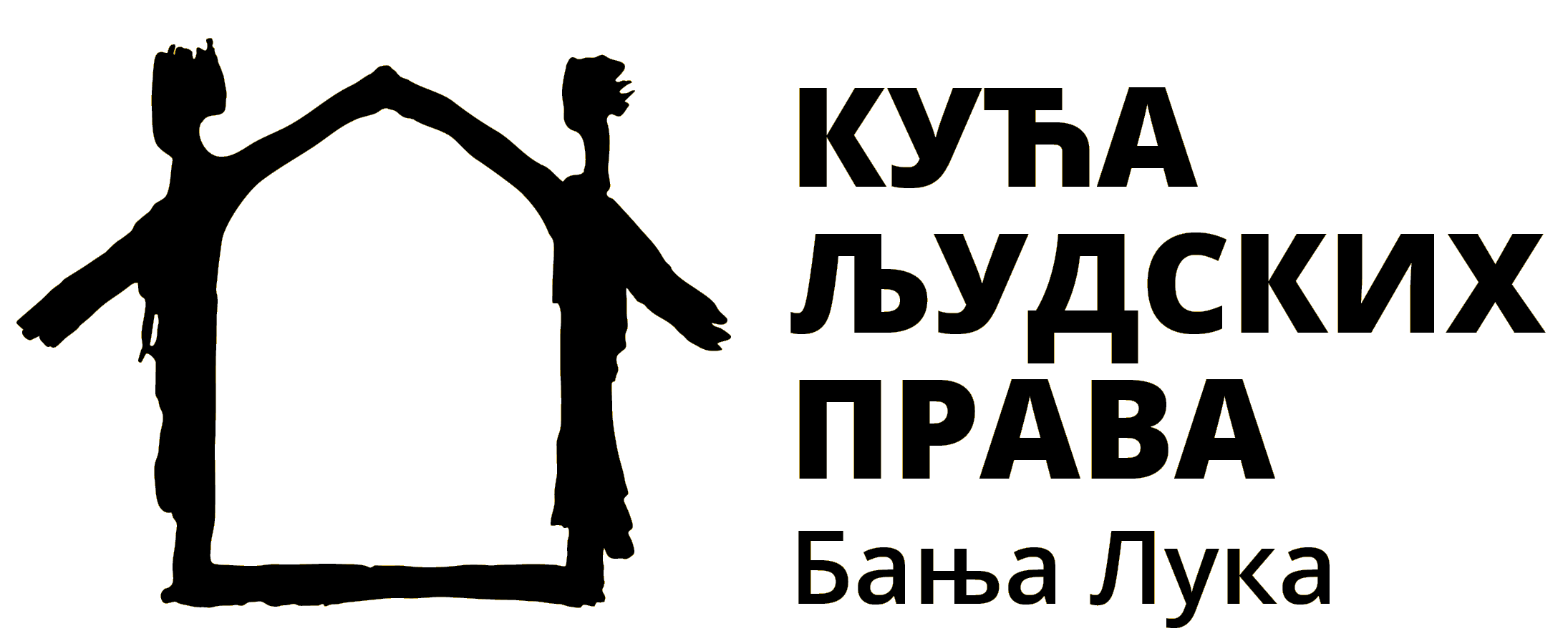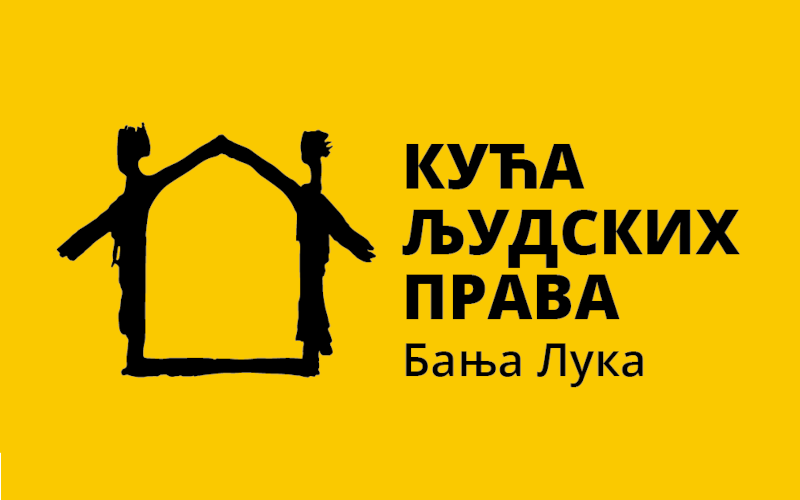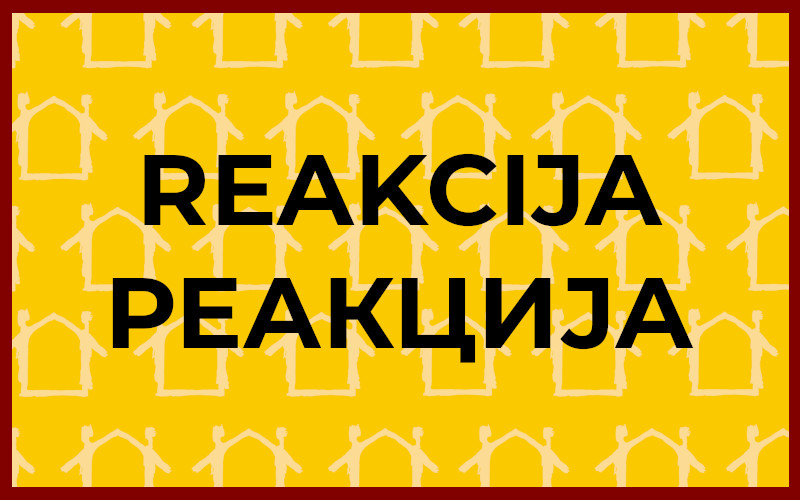The study focuses on the specific relation between factors that influence the risks of conflict escalation and factors that influence the prevalence of corruption and its systemic character in the post-conflict context of Bosnia and Herzegovina (BiH). Considering the legacy of the conflict that dominantly characterizes the current Bosnian-Herzegovinian state and society, in which the capture of the state and society as a complex form of corruption has found fertile ground, the study addresses potential risks for the escalation of the conflict, as well as possible strategies for overcoming such risks.
One could rightly ask the question to what extent it is justified to contextualize the Bosnian-Herzegovinian society and state as post-conflict after almost three decades since the end of the conflict. Despite the passage of time, it can still be claimed with a lot of arguments that the situation in the country justifies the characterization of a post-conflict or even a kind of frozen conflict. The absence of a minimum of consensus between the three ethnic groups, that is, more precisely, between the ruling ethnocratic elites, on the organization of the country (even on its existence), the causes and consequences of the armed conflict, and consequently on the vast majority of issues that affect and shape the daily life of citizens in the country, in fact means that the conflict has only changed its appearance, i.e. its stage, and actually transformed from a manifest, violent one, under the robust influence of international actors, into a latent conflict with dominant implications for the quality of governance in the country.
The interdependence of conflict and corruption is almost self-evident on a general logical level. The symbiotic relation between these two riders of the apocalypse is clearly visible by correlating Transparency International’s Corruption Perception Index and the Global Peace Index or the Fragile State Index. As a rule, countries with a lower degree of corruption are more stable and less exposed to violent conflicts and vice versa.
The key question therefore is whether corruption causes conflict or is it a consequence of conflict? Various researches and studies indicate that corruption is a faithful companion and consequence of conflict, while others emphasize that a high level of corruption contributes to violence and the outbreak of conflict. In any case, the interdependence of conflict and corruption has been reliably proven in the sense that similar factors cause both phenomena.
A comprehensive analysis by the Institute for Economics and Peace suggests not only the existence of a link between corruption and conflict, but also reveals the so-called a tipping point, after which the risk of instability, internal conflicts and escalation of violence increases considerably. This analysis identifies that point according to the research of Transparency International – Corruption Perception Index, which ranks countries according to the level of perceived corruption on a scale of 0 to 100, identifying an index score of around 40 as a turning point in the sense that countries in that zone have at the same time an increased risk of instability, internal conflicts and violence. BiH is definitely in that zone with a score of 34 on the index, and as such it is ranked in the lowest position in the Western Balkans region and records the third worst result in Europe, at the same time falling into the group of countries in global competition in which condition worsens the most.
The publication can be downloaded here.



